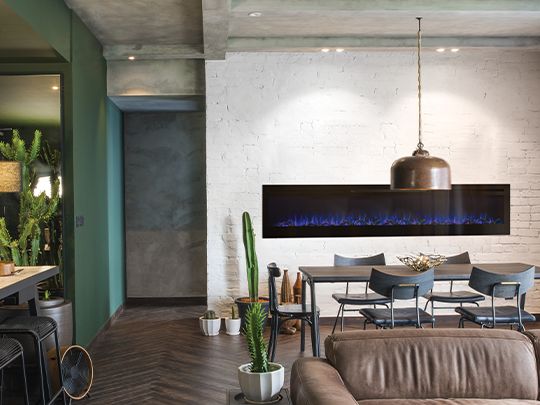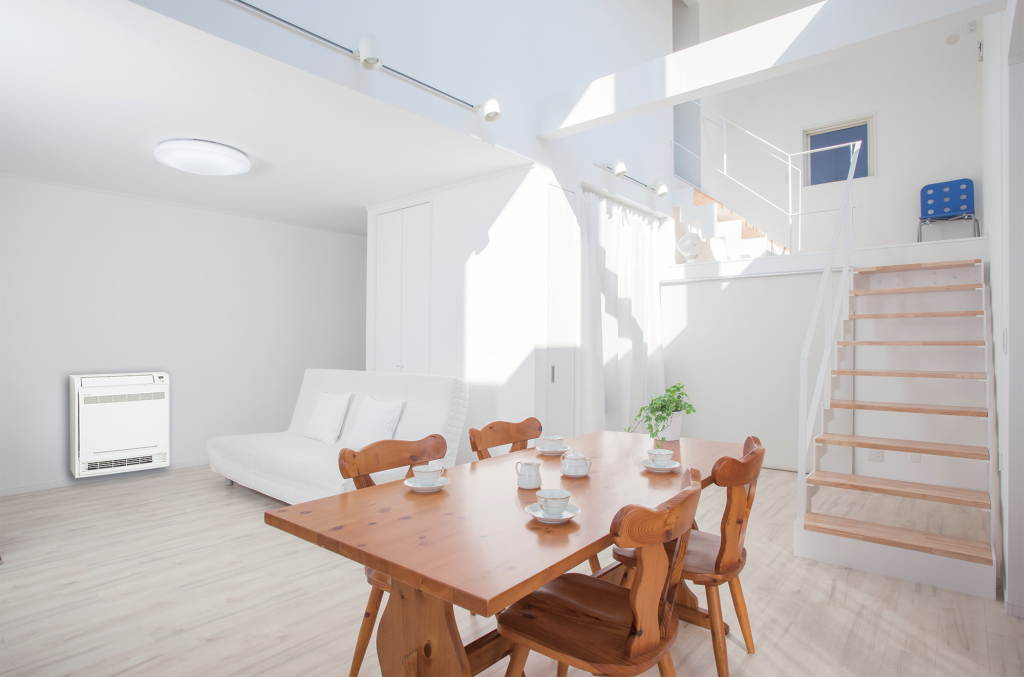Talk the Talk - Heating & Cooling Terminology
Learn the lingo, learn how to talk the talk. Like any industry, we to have our own lingo and sometimes this can be confusing for anyone outside of this. So please take a look at the top lingo we think you will need and enjoy.
Air filters are designed to trap dust and contaminants in the air from clogging up the indoor unit of an air conditioning system. They are manufactured from thermally bonded polyester fibre or a plastic resin based net.
Australian Refrigeration Council: the body that is responsible for granting refrigeration handling licenses to approved technicians in Australia. When a technician is approved, they’re said to have the ‘ARC TICK’.
The final step in installing an air con system! It involves a technician checking and testing every component in the system to make sure it all complies with technical codes and manufacturers standards. Once commissioning is completed, the system is ready to go.
This is a tube that carries air from a central fan coil to various areas of a house. Ducts can be round or rectangular, and are made from a variety of materials including sheet metal, fibreglass and vinyl.
Ducted systems include an internal fan coil installed into the roof space of a house. From this central location, a series of ducts are installed in multiple locations throughout the house, allowing you to heat and cool different areas of the home easily. This provides discreet air conditioned comfort as the only visible components are the return air grilles, discharge grilles and controller.
The capacity output figure indicates the amount of heating/cooling the unit can produce.
Another term for a reverse cycle air conditioner which can heat and cool indoor spaces. There are three main types: air-to-air , water source and geothermal. Heat pumps are popular for those living in climates with moderate heating and cooling needs.
Heating, ventilation and air conditioning. This acronym refers to the entire discipline that surrounds air conditioning
This is a type heating and cooling system that uses ‘liquid heat transfer’ – in other words, heating up water and moving it through pipes installed under the floor.
The part of an air conditioning unit that’s located within the home, and provides the ‘conditioned’ air into the space. This unit contains a heat exchange coil, filters, remote signal receiver and fan.
An inverter works like the accelerator of a car, gently increasing/decreasing power. Inverter based systems can achieve the desired room temperature quicker and steadily without fluctuations which means uninterrupted comfort and savings in running costs.
This is a split system where there’s more than one indoor unit attached to a single outdoor unit. The beauty of a multi-split system is that you can use it to heat or cool different areas of the house independently – or even maintain an even temperature in one large area by using two units. Such systems operate in either heating or cooling at one time.
This is the part of an air conditioning system that contains the compressor, propeller fan, circuit board and heat exchange coil. It’s situated outside, and pumps refrigerant to and from its companion indoor unit. You’ll often hear this unit referred to as the ‘condenser’ or ‘heat exchanger’.
Refrigerant is the substance that ‘conditions’ the air it blows. Without refrigerant, air conditioners, fridges or freezers wouldn’t exist. It is a compound, either fluid or gas, that, when combined with components like components such as compressors and evaporators, create hot and cold air.
Now one of the most popular types of air conditioning systems used in homes, a split system is ‘split’ into two units: one that’s inside, and one that’s outside. Relatively easy to install (as no ductwork is required), these systems are known for being quiet and energy efficient.
You’ll probably be familiar with this one: simply, it’s the device that controls temperature inside your home. Most thermostats consist of a sensor that monitors air temperature, and relays this information to the air conditioning unit – enabling it to effectively heat or cool the space.
This is a method of heating or cooling different areas (or rooms) within one house independently – usually by using separate controls, or by opening and closing dampers within ducts in each zone.


